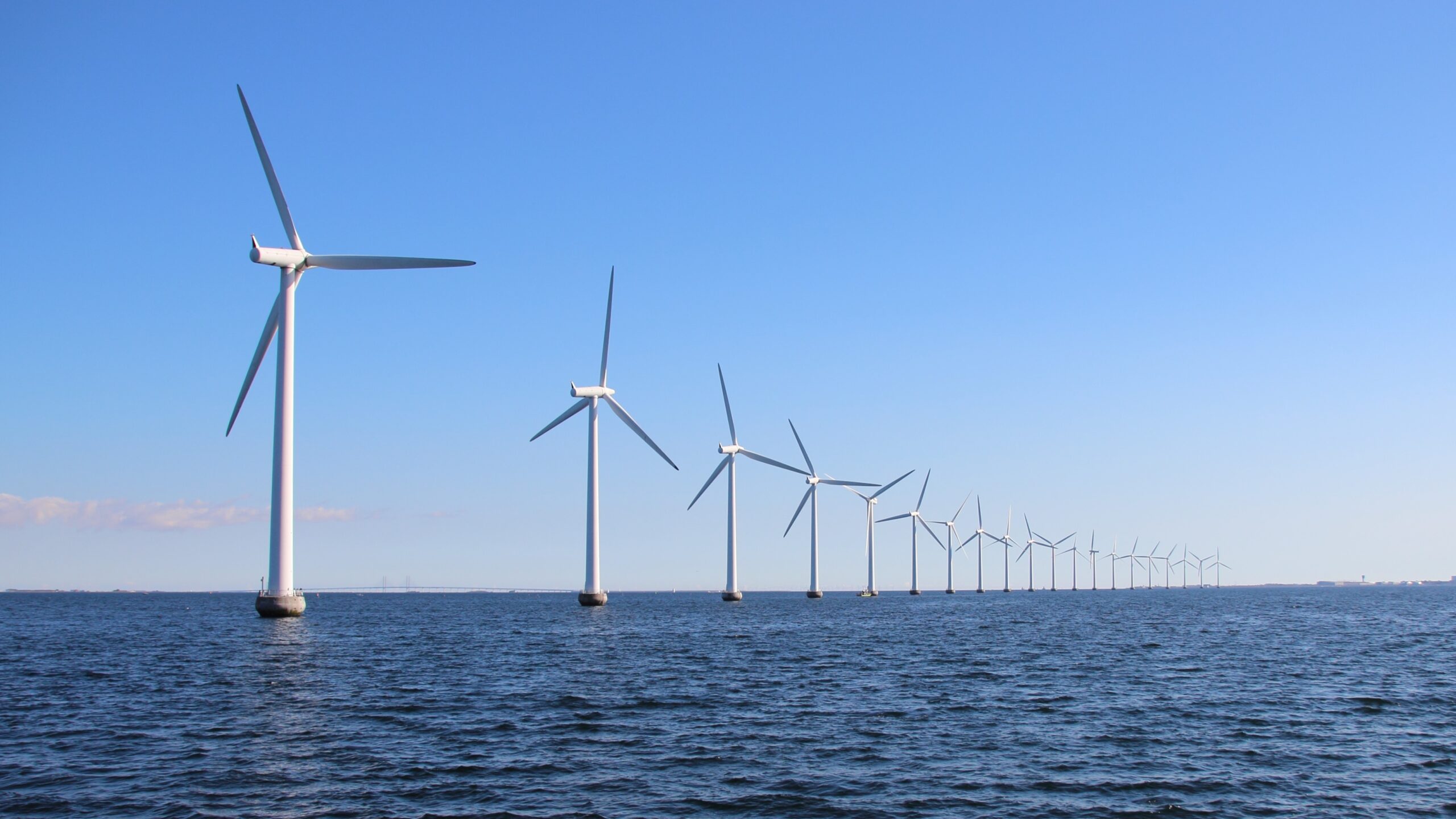
Four graduate students selected to investigate the future of offshore wind in New Jersey
The Andlinger Center for Energy and the Environment has selected four graduate students from across Princeton to participate in the 2023-2024 New Jersey Wind Institute Fellowship.
The selected fellows will carry out research projects to tackle timely challenges facing the growing offshore wind industry, from characterizing winds in coastal boundary layers to understanding the resilience of offshore wind technologies to extreme weather events along the Atlantic coast.
Now in its second year, the Wind Institute Fellowship Program, established by the New Jersey Economic Development Authority (NJEDA), supports students at select New Jersey institutions of higher learning with the goal of advancing knowledge and expertise around the offshore wind industry in New Jersey and the surrounding region. Princeton University joined the Wind Institute Fellowship Program in 2023.
The fellows will conduct independent research projects in collaboration with a Princeton faculty adviser during the 2023-2024 academic year, as well as the following summer. As a part of the program, they will meet regularly with other fellows from universities and colleges across New Jersey to discuss offshore wind research challenges, explore regulatory processes applicable to offshore wind, meet with wind industry experts, and visit operating offshore wind facilities. They will also present their findings at an Offshore Wind Energy Symposium, which will take place at the end of the spring 2024 semester.
2023-2024 Wind Institute Fellows
 Avery Barnett
Avery Barnett
Resilience of offshore wind technologies under extreme weather events in New Jersey and the PJM interconnection
Hurricanes and tropical storms that make landfall along the mid-Atlantic coastline pose significant threats to offshore wind technologies and the energy grid in New Jersey. Barnett, a graduate student pursuing a Ph.D. in public affairs, will work with her adviser Jesse Jenkins, assistant professor of mechanical and aerospace engineering and the Andlinger Center for Energy and the Environment, to study the resilience of offshore wind technologies to extreme weather events, specifically hurricanes and flooding. She will study how different electricity grid portfolios — encompassing varying levels of offshore wind deployment, weather-hardening infrastructure, and climate goals — will contribute to the overall energy system, as well as the degree of energy supply disruption resulting from these extreme weather events. The research will be a first step in understanding the resilience of New Jersey — and by extension the entire PJM interconnection — to hurricanes as the offshore wind industry achieves greater levels of market penetration, and the project will lay the foundation for future research to develop a multi-hazard electric grid resiliency model.
Nicholas Conlin
Coastal boundary layer effects on offshore wind energy production in New Jersey
Offshore wind farms lie in a transitional region between marine and land winds known as a coastal boundary layer. A better understanding of the winds in this transitional region is a key enabler of effective offshore wind energy planning. However, coastal boundary layers are shaped by the unique geography of a region, and relevant features span a wide range of length scales. Conlin, a graduate student in mechanical and aerospace engineering, in collaboration with his adviser Marcus Hultmark, professor of mechanical and aerospace engineering, will conduct a field measurement campaign to characterize winds along the New Jersey coastline. Data relevant to offshore wind farms will be collected using both custom and commercially purchased sensors, with an emphasis on determining diurnal variations in mean wind and turbulence levels. The data collected through Conlin’s project will offer unique insight into the effects of coastal boundary layers on offshore wind energy and help to establish New Jersey as a leader in the burgeoning domestic offshore wind industry.
 Mian Liao
Mian Liao
Advanced power electronics for impedance-based stability analysis of offshore wind power systems
One of the critical design challenges for offshore wind farms is the often-uneven flow of wind through each wind turbine, which can introduce stability issues related to power generation, especially for large-scale wind farms. Liao, a graduate student in electrical and computer engineering, will work alongside his adviser Minjie Chen, assistant professor of electrical and computer engineering and the Andlinger Center for Energy and the Environment, to develop a new grid forming power inverter architecture and a comprehensive machine learning-based impedance analysis method to enhance the stability of offshore wind power generation. Liao will design a device to inject small disturbances in the electricity signal coming from the offshore wind farm in order to collect measurements of the system’s resistance to electrical flow. He will then train a machine-learning model with the impedance measurement data to characterize impedance patterns across a wide range of operating conditions. The analysis will help grid operators to understand the system’s ability to absorb and dissipate energy, allowing them to make informed decisions and implement control approaches to enhance the reliability of the power grid.
 Hannah Hata Williams
Hannah Hata Williams
Relative impacts of environmental factors on finite offshore wind farms
The continued development of offshore wind energy along the East Coast requires computationally efficient models that can predict full-scale wind farm energy production in order to inform the siting, design, and operation of offshore wind farms. However, most computational frameworks for offshore wind energy were developed based on characteristics of large wind farms found in the North Sea. The smaller wind farms and unique atmospheric and oceanic phenomena along the Atlantic coast violate many of the assumptions made about these larger farms. Williams, a graduate student in mechanical and aerospace engineering working with Michael Mueller, professor of mechanical and aerospace engineering, and Luc Deike, associate professor of mechanical and aerospace engineering and the High Meadows Environmental Institute, will leverage the group’s new Computational Fluid Dynamics framework to model full-scale, finite wind farms along the East Coast. The specific focus will be to use the framework to understand how waves generated from distant storms — such that the wind and the waves are misaligned — will influence the performance of offshore wind farms. The work will unlock important insight into the interaction between atmospheric and oceanic conditions to inform future offshore wind farm planning, design, and development efforts.